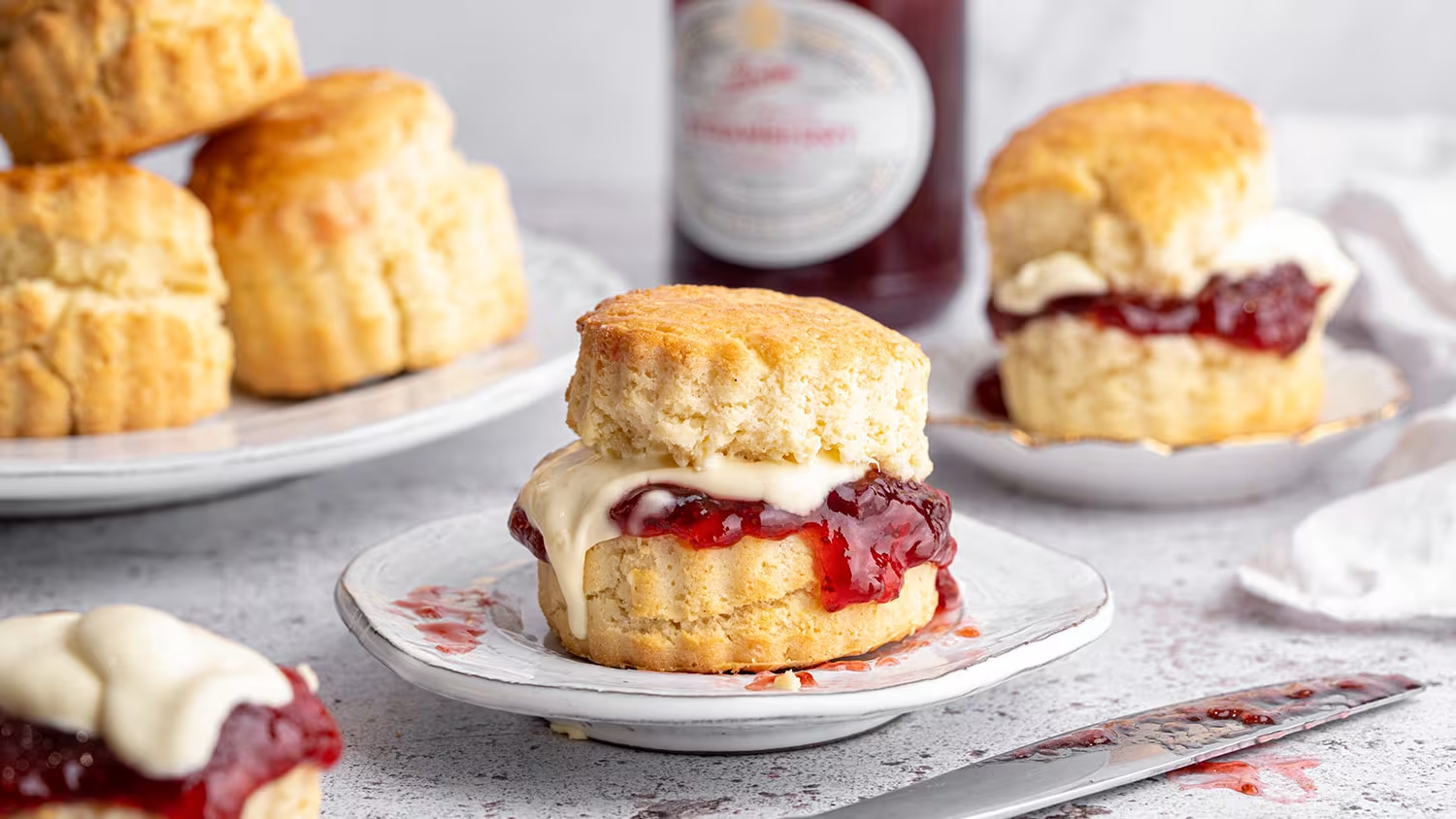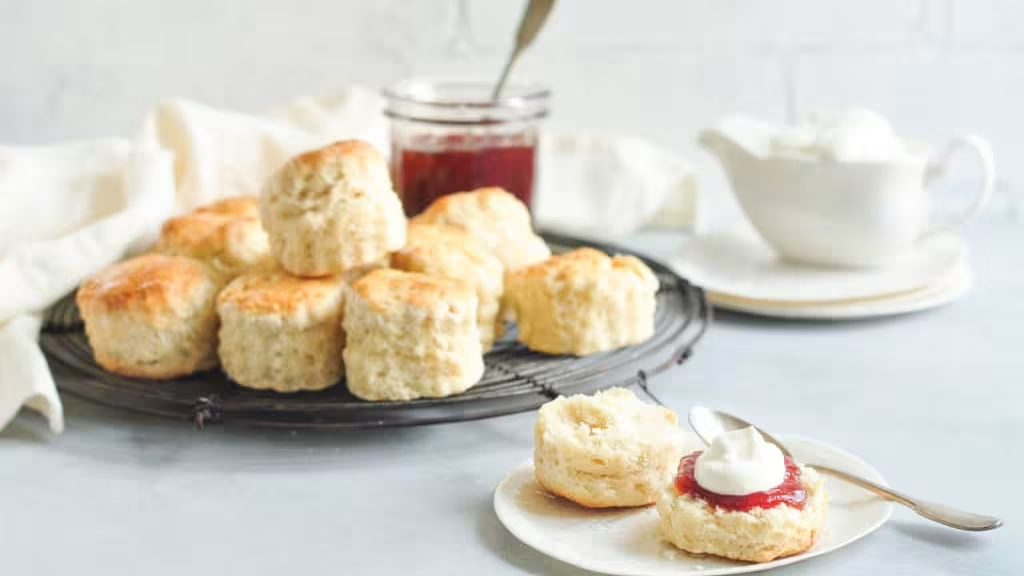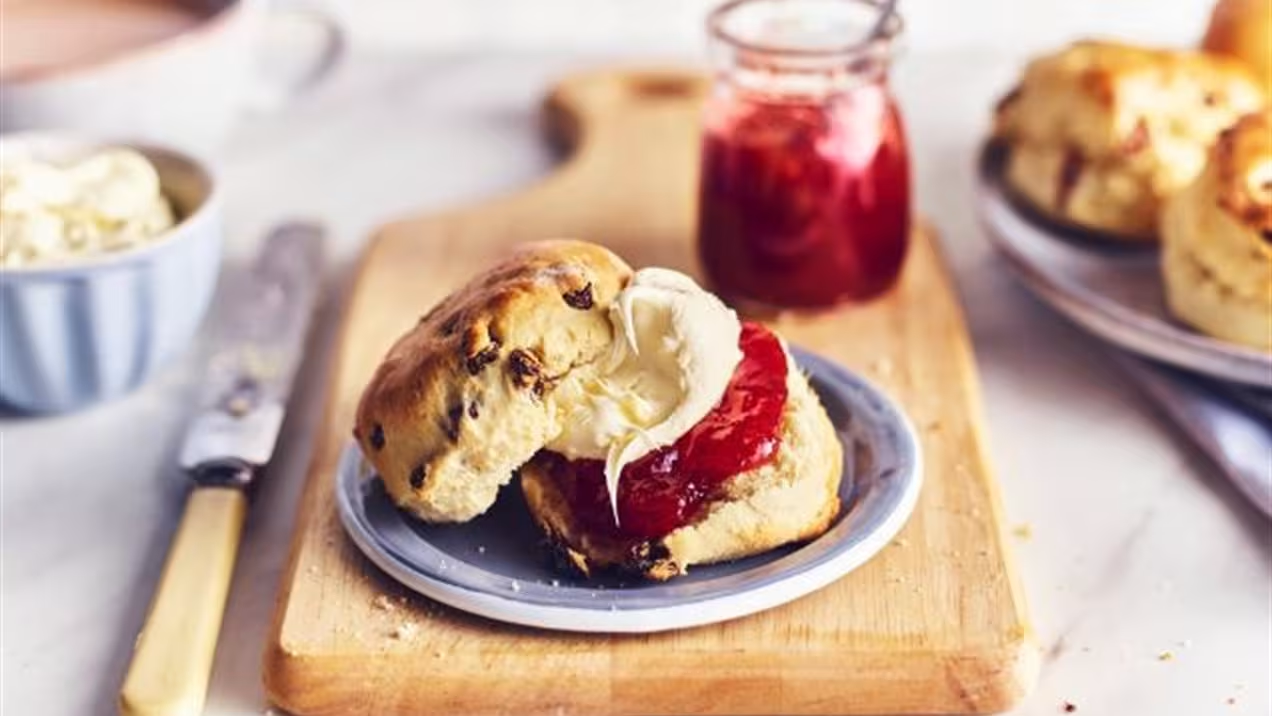
Deliciously Easy Scone Recipe with Plain Flour: Perfect for Any Occasion!
Written by Jessica Lopez
Published at 06-01-2023
Edited on 03/25/2025 | 08:56 AM
Baked-Goods RecipesCourse: Dessert
Cuisine: American Vintage
Difficulty: Moderate
Servings
10-12 slices
Prep Time
25 minutes
Cooking Time
35 minutes
Total Time
1 hour
Fat
18g
Protein
5g
Carbs
55g
Calories
450 kcal
Scones are the quintessential treat for any tea party, brunch gathering, or simply a cozy afternoon at home. If you've ever craved that light, fluffy texture paired with a slightly crisp crust, you're in the right place! This scone recipe using plain flour is not only easy to follow but also yields delightful results that are sure to impress your family and friends. With just a handful of ingredients, you can whip up a batch of these delicious scones in no time. The beauty of this scone recipe lies in its simplicity.
By using plain flour, you can achieve a tender crumb that perfectly balances buttery richness with a hint of sweetness. Whether you enjoy them plain or want to add your favorite mix-ins like dried fruit, chocolate chips, or nuts, this versatile recipe has got you covered. And the best part? You don't need any fancy equipment or baking experience to make these mouthwatering scones. Perfect for breakfast, snack time, or even as a dessert, these scones can be enjoyed fresh out of the oven or toasted with a bit of jam and clotted cream.
Pair them with a pot of freshly brewed tea or coffee, and you have an elegant treat that rivals any café’s offerings. So, if you're ready to elevate your baking game and impress your guests, grab your apron and let’s get started on this simple yet scrumptious scone recipe using plain flour! Trust me, once you try these homemade delights, you'll never go back to store-bought again!.


